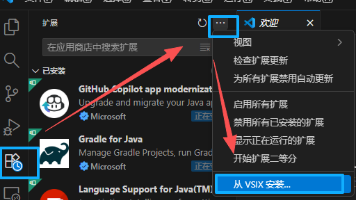Chroma向量数据库的简单入门
本文介绍了向量数据库chroma的基本使用方法。
·
Chroma向量数据库的简单入门
Chroma 是 AI 原生开源向量数据库。Chroma 通过使知识、事实和技能可插入 LLM,使构建 LLM 应用程序变得容易。关于向量数据库的介绍,可以参考其它文章。
Chroma的工作原理如下图所示:
App 当中的查询字符串在经过 Embedding 之后,生成一个向量。然后,这个向量会在 Chroma 数据库中查询,得到与 queryies 相似的几个向量结果。最终返回给 App 向量查询结果对应的文本形式。
Chroma 提供了以下工具:
- 存储 embeddings 和它们的 metadata
- 把文档(documents)和查询(queries)嵌入到数据库当中
- 搜索 embeddings
Chroma 的优点是易于使用、查询速度快。为 Python 和 JavaScript/TypeScript 提供了客户端 SDKs。
下面以 Python 为例说明 Chroma 的简单用法。
首先需要安装 Chroma: pip install chromada。
import chromadb
# 1. 创建 Chroma 客户端
chroma_client = chromadb.Client()
# 2. 创建一个Collection,其用来存储embeddings, documents和其它元数据的数据结构
collection = chroma_client.create_collection(name="collection")
# 3. 添加一些文本文档到 collection 当中。
# Chroma 会自动存储文本、handle embedding 以及索引。你可以定制化 embedding 模型
collection.add(
documents=[
"This is a document about pineapple",
"This is a document about oranges"
],
ids=["id1", "id2"]
)
# 4. 查询集合。可以用查询文本的列表查询集合,然后 Chroma 将要返回 n 个最相似的结果
results = collection.query(
query_texts=["This is a query document about hawaii"],
n_results=2
)
print(results)
下面是输出的结果:
{
'documents': [[
'This is a document about pineapple',
'This is a document about oranges'
]],
'ids': [['id1', 'id2']],
'distances': [[1.0404009819030762, 1.243080496788025]],
'uris': None,
'data': None,
'metadatas': [[None, None]],
'embeddings': None,
}
码字不易,各位道友点个赞再走也不迟。
更多推荐
 已为社区贡献5条内容
已为社区贡献5条内容








所有评论(0)